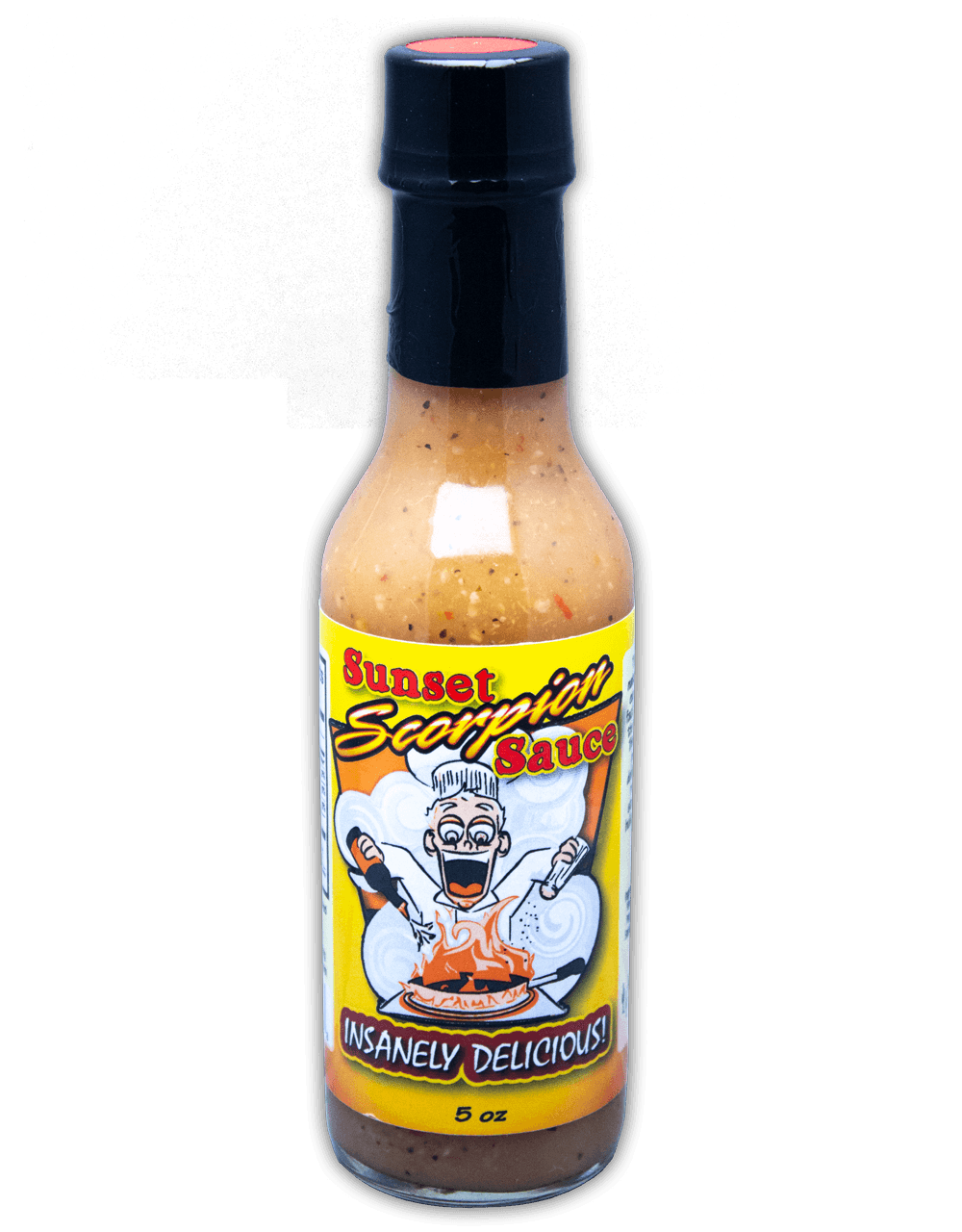To understand the madness that goes into making our “where the sweet meets the heat” sauces you first need to understand chile peppers and what or how hot they are.
In 1912 a chemists by the name of Wilbur Scoville, working for the Parke-Davis pharmaceutical company, developed a method to measure the heat level of chile peppers. The test is named after him, the "Scoville Organoleptic Test". It is a subjective dilution-taste procedure. In the original test, Wilbur blended pure ground Chiles with sugar-water and a panel of "testers" then sipped the solution, in increasingly diluted concentrations, until they reached the point that the liquid no longer burned their mouths. A number was then assigned to each chile pepper based on how much it needed to be diluted before they could no longer taste (feel) the heat.
The pungency (or heat factor) of chile peppers is measured in multiples of 100 units. The sweet bell peppers at zero Scoville units to the mighty Naga Jolokia (Ghost Pepper) at over 1,000,000 Scoville units! One part of chile "heat" per 1,000,000 drops of water is rated at only 1.5 Scoville Units. The substance that makes a chile so hot is called Capsaicin
.
(cap-say-ah-sin). Pure Capsaicin rates between 15,000,000 and 16,000,000 Scoville Units! Today more scientific and accurate methods like Electrochemistry and High Performance Liquid Chromatography (HPLC) are used to determine capsaicin levels. In honor of Dr. Wilbur the unit of measure is still named Scoville.
Now taking this into mind is how we get our sauces unique flavor profile. We add just enough sweetness to offset the heat and create a flavor that not only highlights the chilies and the sweetener but it is like purely insanity going on inside your mouth. The flavor excites the taste buds in many different ways. First you taste the sweetness and as you start to enjoy that then bam, here comes the heat.

